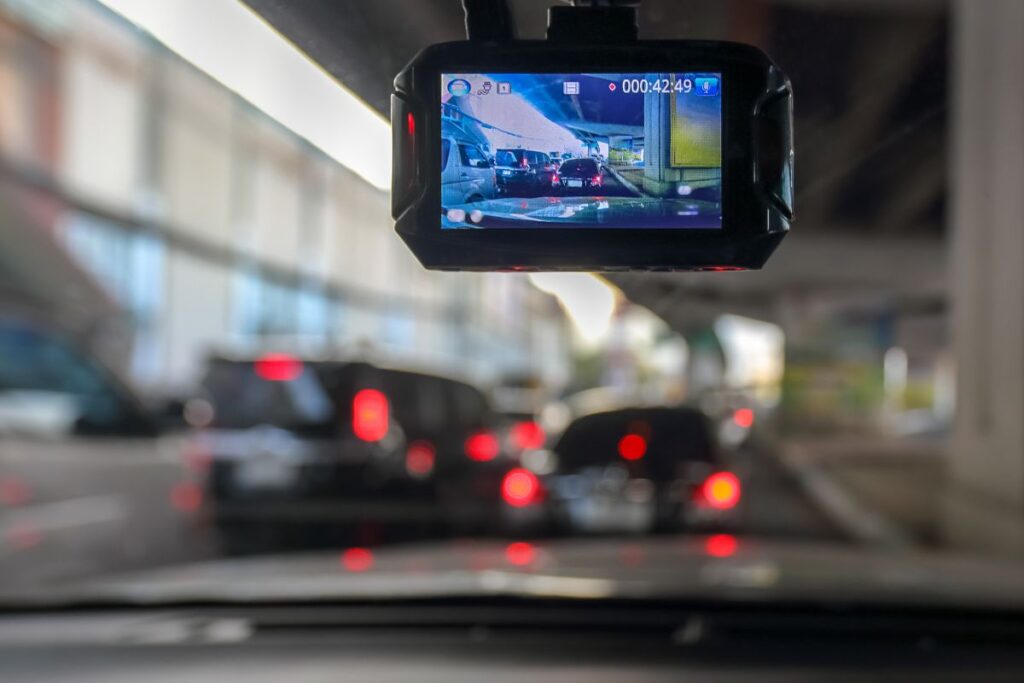Digital advertising refers to the use of the internet and other digital technologies to promote products, services, or brands. It involves creating and placing ads on websites, social media platforms, and other digital marketing channels in order to reach and engage potential customers.
Table of Contents
ToggleTypes of Digital Advertising
There are many different types of digital marketing, each with its own unique characteristics and benefits. Some common types of digital advertising include:
- Search Engine Advertising
- Social Media Advertising
- Display Advertising
- Video Advertising
- Email Advertising
Search engine advertising:
Search engine advertising is a type of online advertising that allows businesses to place sponsored ads on search engine results pages (SERPs). These ads typically appear above or below the organic search results and are identified as “sponsored” or “ad” results.
Here’s how search engine advertising works:
- A business creates an account with a search engine marketing platform, such as Google Ads.
- The business creates an ad campaign, which includes selecting keywords that are relevant to their business and the products or services they offer.
- When a user searches for one of the keywords that the business has chosen, the business’s ad may appear on the SERP.
- If the user clicks on the ad, they are taken to the business’s website.
- The business is charged a fee, known as a cost-per-click (CPC), every time a user clicks on their ad.
Search engine advertising can be a highly effective way for businesses to reach potential customers, as it allows them to target specific keywords and demographics. It can also be a cost-effective way to drive traffic to a website, as businesses only pay when a user clicks on their ad. However, it’s important to carefully manage search engine advertising campaigns to ensure that they are producing a positive return on investment (ROI).
Learn About What Does An SEO Strategist Do
Social media advertising:
This involves placing ads on social media platforms like Facebook, Instagram, and Twitter. You can target specific audiences based on their interests, demographics, and location, and track the performance of your campaigns.
Learn About How To Create A Social Media Marketing Campaign
Here’s how social media advertising works:
- A business creates an account with a social media marketing platform, such as Facebook Ads.
- The business creates an ad campaign, which includes selecting the target audience for the ad (e.g., age, gender, location, interests) and the budget for the campaign.
- The business creates the ad, which can be in the form of a static image, video, or carousel of images.
- The ad is displayed to users on the social media platform who fit the target audience criteria.
- If a user interacts with the ad (e.g., by liking, commenting, or clicking on a link), the business is charged a fee. The cost of the ad can be based on a variety of factors, including the type of ad, the target audience, and the budget for the campaign.
Social media marketing in business can help to reach potential customers, as it allows them to target specific demographics and interests. It can also be a cost-effective way to drive traffic to a website, as businesses only pay for ads when a user interacts with them. However, it’s important to carefully manage social media advertising campaigns to ensure that they are producing a positive return on investment (ROI).
Learn about What Skills Are Required In Social Media Marketing
Display advertising:
This involves placing ads on websites, apps, and other digital channels through platforms like Google Ads. These ads can be in the form of banner ads, video ads, or native ads that blend in with the content of the website.
Here’s how display advertising works:
- A business creates an account with a display advertising platform, such as Google Ads.
- The business creates an ad campaign, which includes selecting the target audience for the ad (e.g., age, gender, location, interests) and the budget for the campaign.
- The business creates the ad, which can be in the form of a static image, animated graphic, or video.
- The ad is displayed on websites or apps that are part of the display advertising network and that fit the target audience criteria.
- If a user clicks on the ad, they are taken to the business’s website. The business is charged a fee, known as a cost-per-click (CPC), every time a user clicks on their ad.
Display advertising can be an effective way for businesses to reach potential customers, as it allows them to target specific demographics and interests. It can also be a cost-effective way to drive traffic to a website, as businesses only pay for ads when a user clicks on them. However, it’s important to carefully manage display advertising campaigns to ensure that they are producing a positive return on investment (ROI).
Video advertising:
Video advertising is a type of online advertising that involves placing video ads on websites, apps, or social media platforms. These ads can be in the form of pre-roll ads (ads that play before a video), mid-roll ads (ads that play during a video), or post-roll ads (ads that play after a video).
Here’s how video advertising works:
- A business creates an account with a video advertising platform, such as Google Ads.
- The business creates an ad campaign, which includes selecting the target audience for the ad (e.g., age, gender, location, interests) and the budget for the campaign.
- The business creates the ad, which can be in the form of a video.
- The ad is displayed on websites, apps, or social media platforms that are part of the video advertising network and that fit the target audience criteria.
- If a user watches the ad, the business is charged a fee. The cost of the ad can be based on a variety of factors, including the length of the ad, the target audience, and the budget for the campaign.
Video advertising can be an effective way for businesses to reach potential customers, as it allows them to showcase their products or services in a more engaging and interactive way. It can also be a cost-effective way to drive traffic to a website, as businesses only pay for ads when a user watches them. However, it’s important to carefully manage video advertising campaigns to ensure that they are producing a positive return on investment (ROI).
Email marketing:
Email marketing is a type of online marketing that involves sending marketing messages to a list of email addresses. These messages can be newsletters, promotional offers, or other types of content that are designed to engage and motivate recipients to take a specific action, such as making a purchase or visiting a website.
Here’s how email marketing works:
- A business creates a list of email addresses by collecting them from customers or website visitors who opt-in to receive emails.
- The business creates an email marketing campaign, which includes designing the email, writing the content, and setting the schedule for sending the emails.
- The emails are sent to the list of email addresses.
- If a recipient clicks on a link in the email, they are taken to the business’s website.
Email marketing can be an effective way for businesses to reach their audience, as it allows them to send targeted messages to a specific group of people. It can also be a cost-effective way to drive traffic to a website, as businesses can track the performance of their campaigns and make adjustments to improve their ROI. However, it’s important to carefully manage email marketing campaigns to ensure that they are producing a positive return on investment (ROI) and to ensure that they are not perceived as spam.
How to Do Digital Advertising
To do digital advertising, you will need to set up an account with a digital advertising platform, such as Google Ads or Facebook Ads. From there, you can create and launch campaigns, set your budget, and target specific audiences.
Here are some steps to follow:
Identify your goals: What do you want to achieve with your digital advertising campaign? Do you want to increase brand awareness, drive traffic to your website, or generate sales? Clearly defining your goals will help you create a more focused and effective campaign.
- Choose your platform: There are many different platforms to choose from, each with its own unique features and targeting options. Consider which platform is most appropriate for your business and goals.
- Create your ad: Use compelling headlines, engaging images or videos, and clear calls to action to create an ad that will catch the attention of your target audience.
- Set your budget: Determine how much you are willing to spend on your digital advertising campaign. Keep in mind that you may need to experiment with different budget levels to find what works best for your business.
- Target your audience: Use the targeting options provided by the platform to reach the specific audience that is most likely to be interested in your products or services.
- Launch your campaign: Once you have created and set up your ad, you can launch your campaign and start reaching potential customers.
- Monitor and optimize: Keep track of your campaign’s performance and make adjustments as needed to improve its effectiveness.
Conclusion
Digital advertising can be a powerful tool for reaching and engaging potential customers online. By following the steps outlined above, you can create and launch effective digital advertising campaigns that drive traffic, conversions, and revenue for your business.
Remember to set clear goals, choose the right platform, create compelling ads, set a budget, target the right audience, and monitor and optimize your campaigns for the best results.




One Response